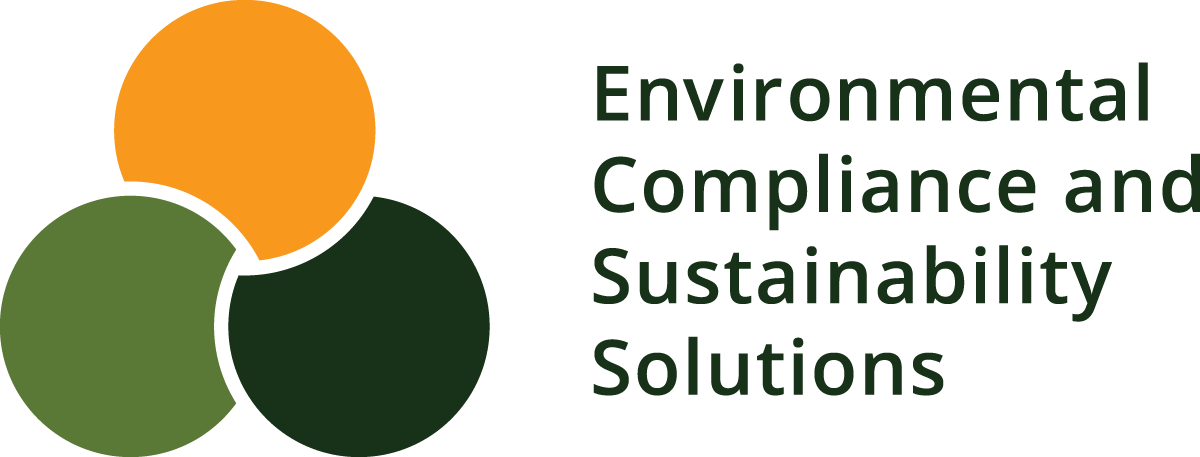The Journey to ISO Certification: Part 1
Gap Analysis & Project Plan
I’ve posted about ISO 14001 certification, discussing who should consider undertaking the certification process – spoiler alert, the answer was any business which:

- Falls under any federal or provincial environmental acts or regulations requiring reporting, or
- Has a license to pollute, or
- Whose customers are interested in the sustainability of their product).
The journey to ISO certification might seem daunting, but with our 5-step process, Environmental Compliance and Sustainability Solutions simplifies the path from intention to certification.
ECSS’ Five-Step Process:
- Gap Analysis & Project Plan
- Develop the Management System Documentation
- Implement Your Management System and Train Your Staff
- Pre-Certification Audit
- Certification Audit
Tip 1: Define Scope
Before you get started, it’s important to define your scope. Will you include the research and development lab in your certification, or just the QC lab? What about your off-site warehouse? Clearly defining the scope of certification will save many unnecessary discussions later in the process.
Tip 2: Be Thorough
The gap analysis requires a thorough comparison of the ISO 14001:2015 requirements and your internal processes. Chances are, you’re already doing some or many of the elements required by the standard, and it’s just a case of documenting them for auditing purposes. However, there are likely some things you’re not doing and need to start doing. Take your time and be thorough. If you don’t identify all the gaps, they won’t make it into the project plan, which will put your certification at risk.
Tip 3: Collaborate with All Departments
One big mistake I’ve seen time and time again is that the individual responsible (ESH manager or Environmental Specialist) works in isolation, looking for records that may or may not exist. It’s really important in this step of the process to pull all departments in to develop a solid understanding of the current status of how people are working and what they are keeping. This holistic approach ensures that when you move to Step 2: Develop the Management System Documentation, you’re not adding an additional layer of work but integrating ISO 14001 with your existing processes.
Have questions about ISO certification? Contact us today!





